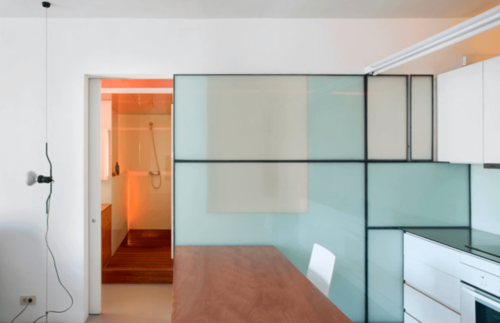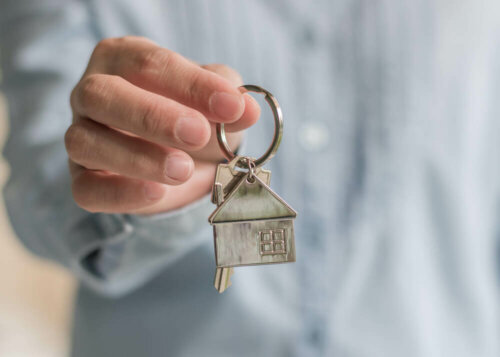Prefabricated Houses - Are They a Good Choice?

Currently, prefabricated houses are becoming a suitable alternative to conventional constructions. This is a new and interesting concept of housing that is becoming more and more popular.
If you’re interested in this type of housing, we’ll answer your questions in this article. Take notes because our ideas will for sure be of great help.
What are prefabricated houses?

Most of the parts of this type of house are manufactured in a factory and then constructed on their plot. This means all the parts are sized to the millimeter.
Each company has a catalog with their different home models. Clients can choose the one that best suits their needs, and then decide the changes they want to carry out.
Structure types
Prefabricated houses can be made of wood, concrete, and metal. In all three cases, the price per m2 is very similar. However, bear in mind that each material has different characteristics and all of them will influence the design of the house.
- Wood – This is a flexible and light material that offers many design options. Wood is comfortable, warm, and insulating. People like to use treated wood because humidity doesn’t affect it. Of course, you shouldn’t use wood if your home is more than two stories since it won’t bear the weight.
- Concrete – This material is very resistant to the passage of time. Additionally, it supports a lot of weight. Remember that it requires waterproofing since it’s a very porous material.
- Metal – Iron and steel are used for metal houses. Although the houses can be constructed fast, since these are cold materials, insulation must be used to make the house comfortable. Also, remember that iron can dilate and crack.
Advantages and disadvantages of prefabricated houses

Now, we’ve explained some of the qualities of prefabricated houses. If you’re still interested in this housing option, take note because we’re going to be pointing out the advantages and disadvantages.
Advantages
- The house has a fixed budget. This means there are no last-minute surprises.
- Building times are less than standard construction (about 3-4 months less).
- These houses are lighter, which makes the foundations easier to dig. Therefore, you’ll save money.
- It’s possible to incorporate effective insulation, both in the interior and in the chambers of the exterior walls.
- The factory controls the quality of each piece so there’s strict control of all materials.
- It’s not necessary to wait to paint or coat the walls.
- Devices such as central vacuum cleaners and underfloor heating are easy to incorporate.
Disadvantages
- There aren’t many companies that still build these types of houses.
- The designs in the catalogs are limited. If you opt for a unique design, there will be an increase in the budget.
- Sometimes the foundations aren’t included in the budget. Keep this in mind to avoid any last-minute surprises.
- Since the designs are often imported, the architecture of the houses sometimes isn’t adapted to the local environment.
How to buy a prefabricated house

Suppose you have a piece of land on which you want to build a single-family house. How could you buy a prefabricated house? What steps should you take?
- First, go to a company specialized in this type of housing.
- Ask for all the information you think is necessary. Then, compare it with that of other companies to check the quality/price ratio.
- When the time comes to select the house model from a catalog, you can agree on some modifications or commission a custom design from the company architect.
- If you go for a house that’s in the catalog, the company can almost immediately give you a fixed quote and timings.
- Once you approve the budget and sign the contract, you can forget about the house until the day the keys are handed over to you.
- During the foundations and soil preparation works (approximately one and a half months), the components of the structure are manufactured.
- Simultaneously, the company orders all the selected elements to equip the house (sanitary ware, kitchen, cladding…).
- The structure of the house is delivered to the plot. Specialized technicians will assemble it. They do this in just a few days. Also, the construction company will carry out the electricity, water, and gas installations.
- The next step is the cladding of the exterior walls and floor. The company will also be responsible for finishing the kitchen and bathrooms.
- Finally, the house will be handed over on the agreed dates and the owners can proceed to decorate it and enjoy their new home.
Have we convinced you?








